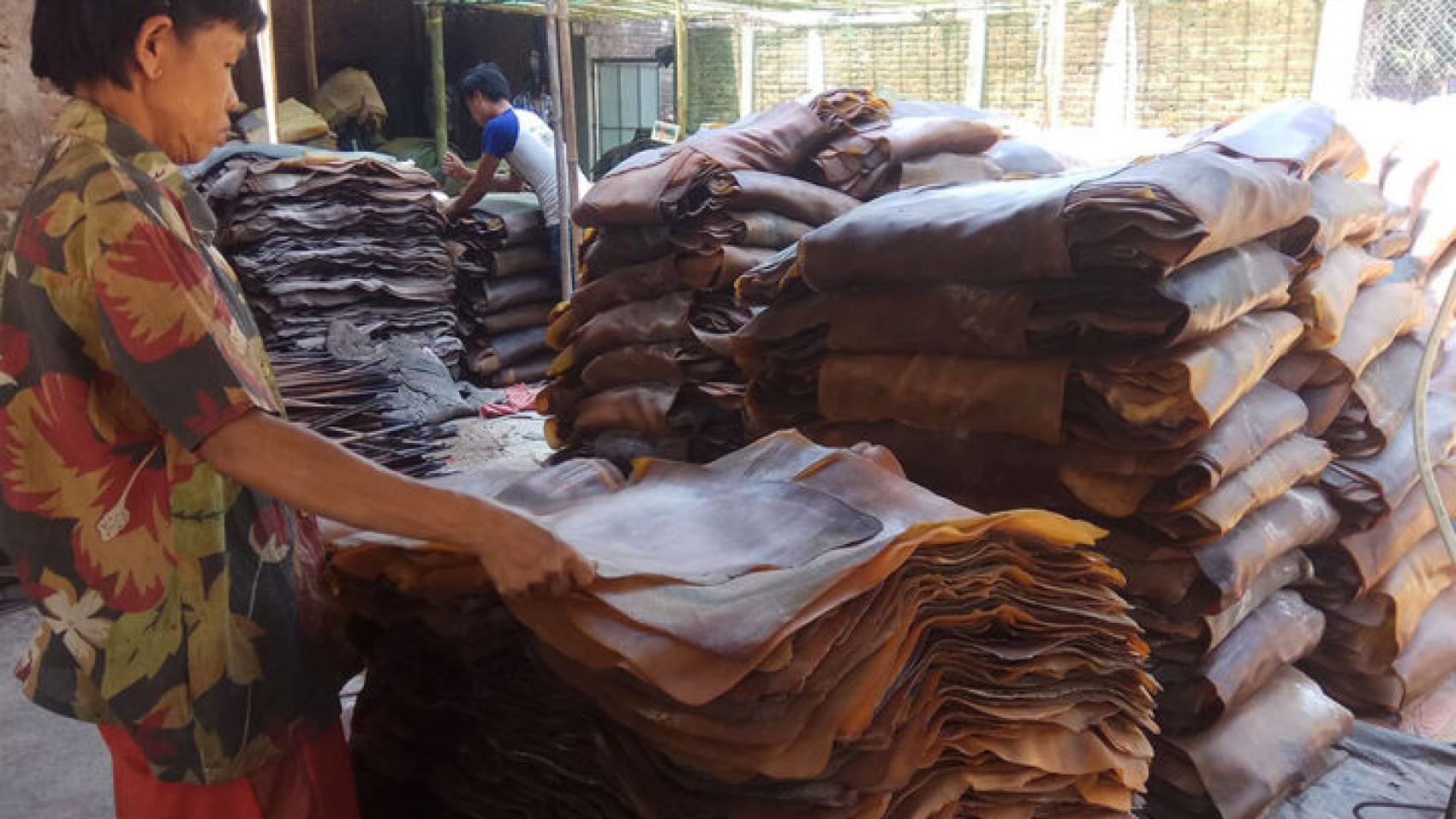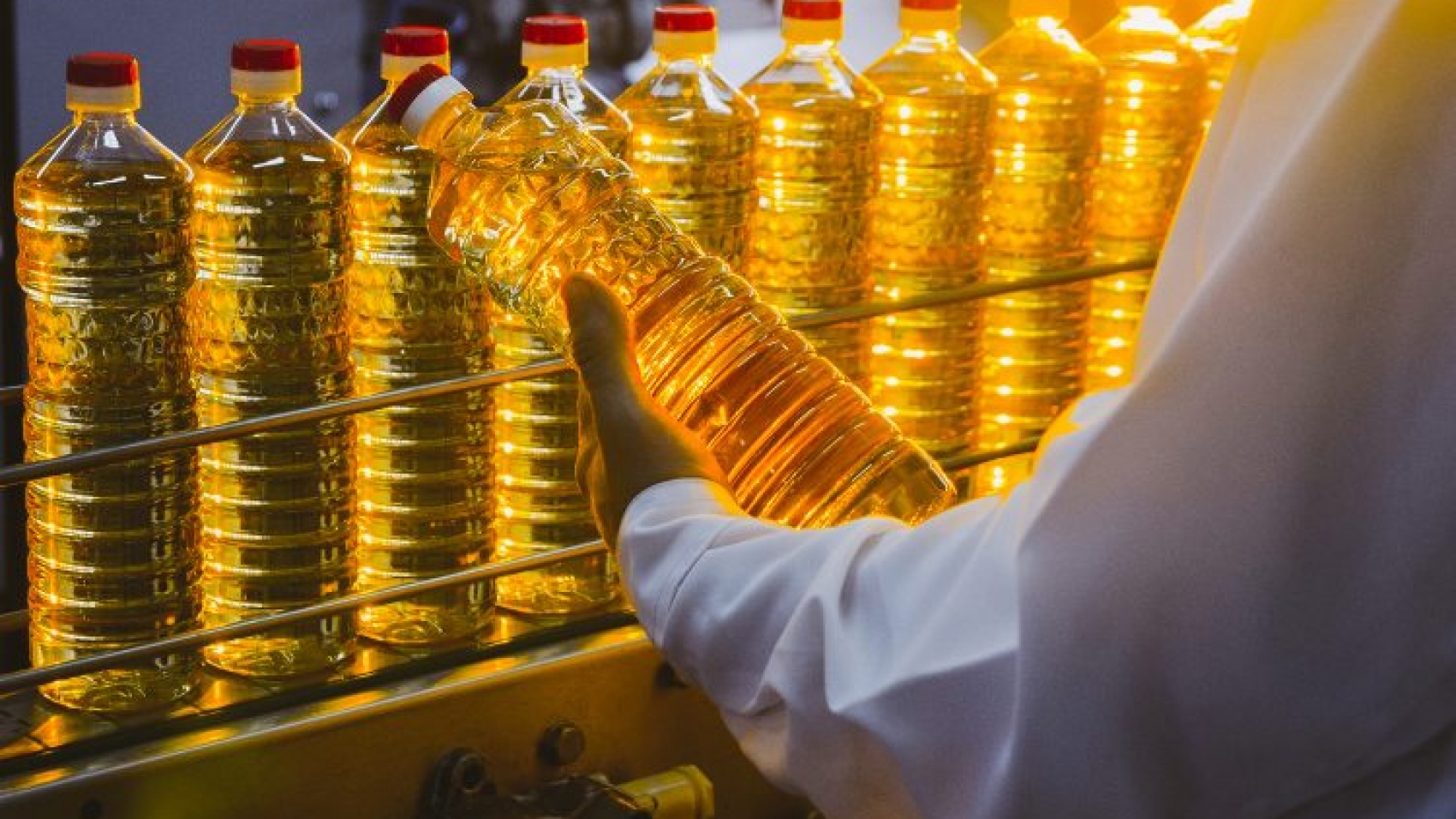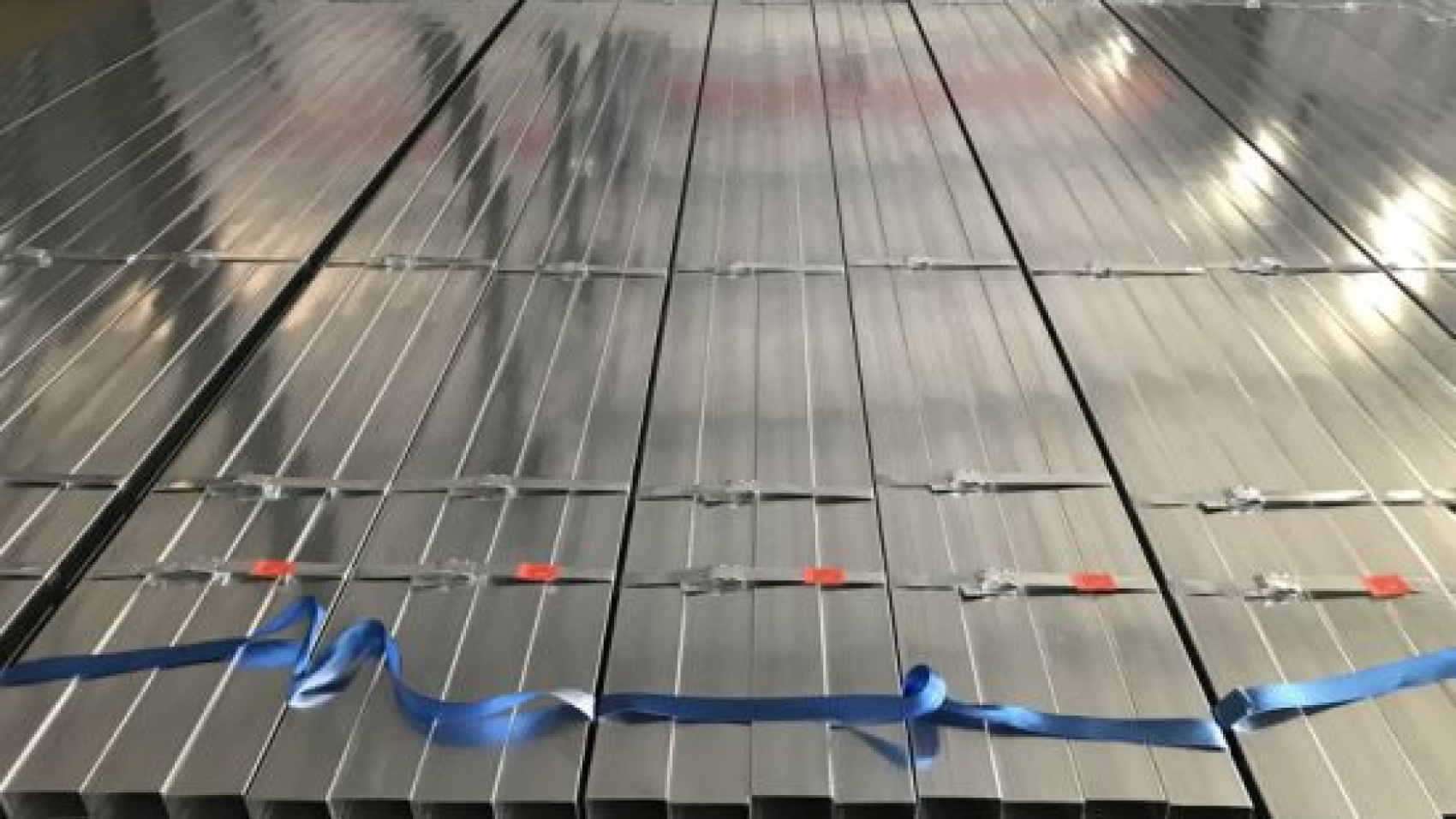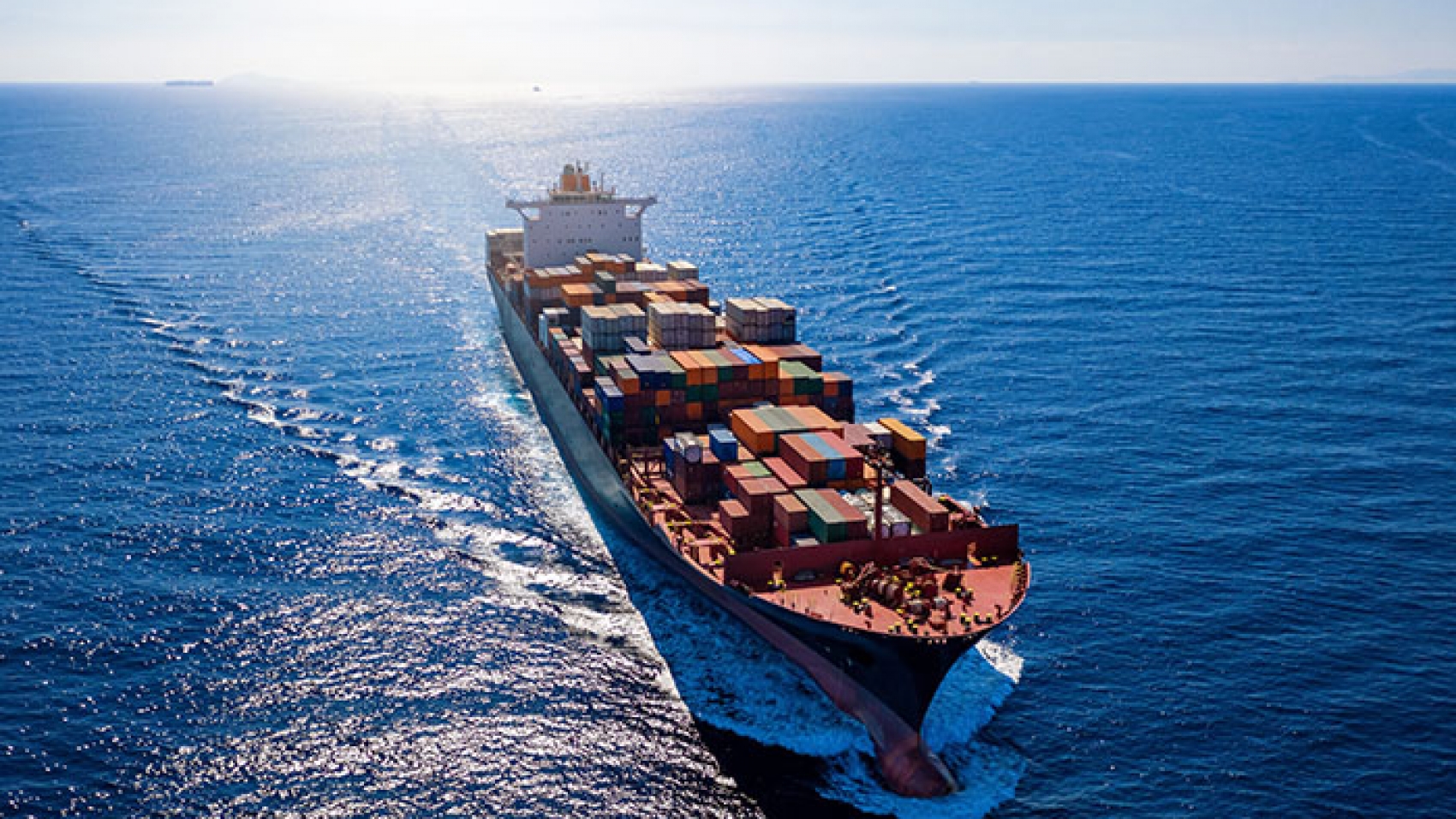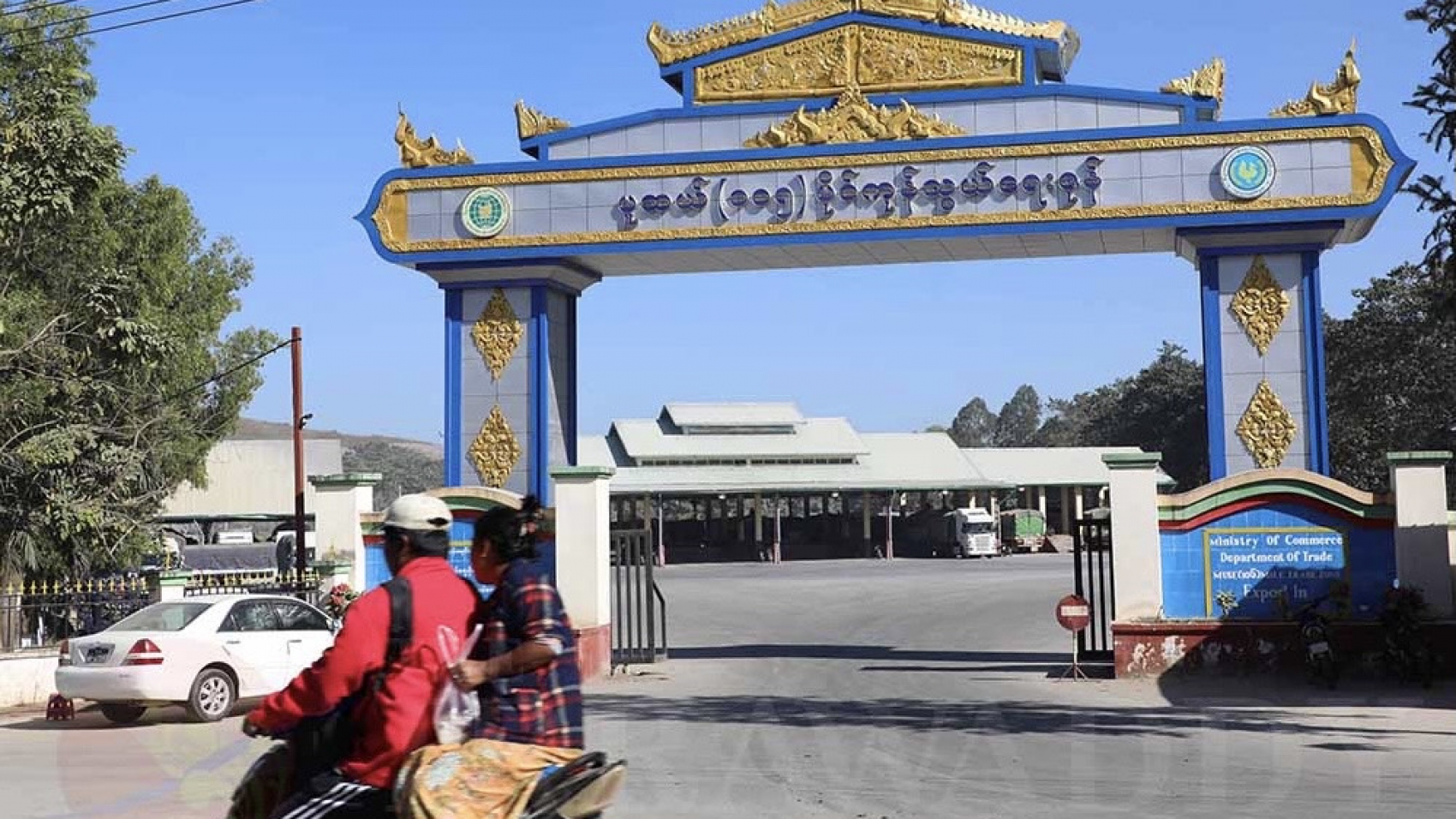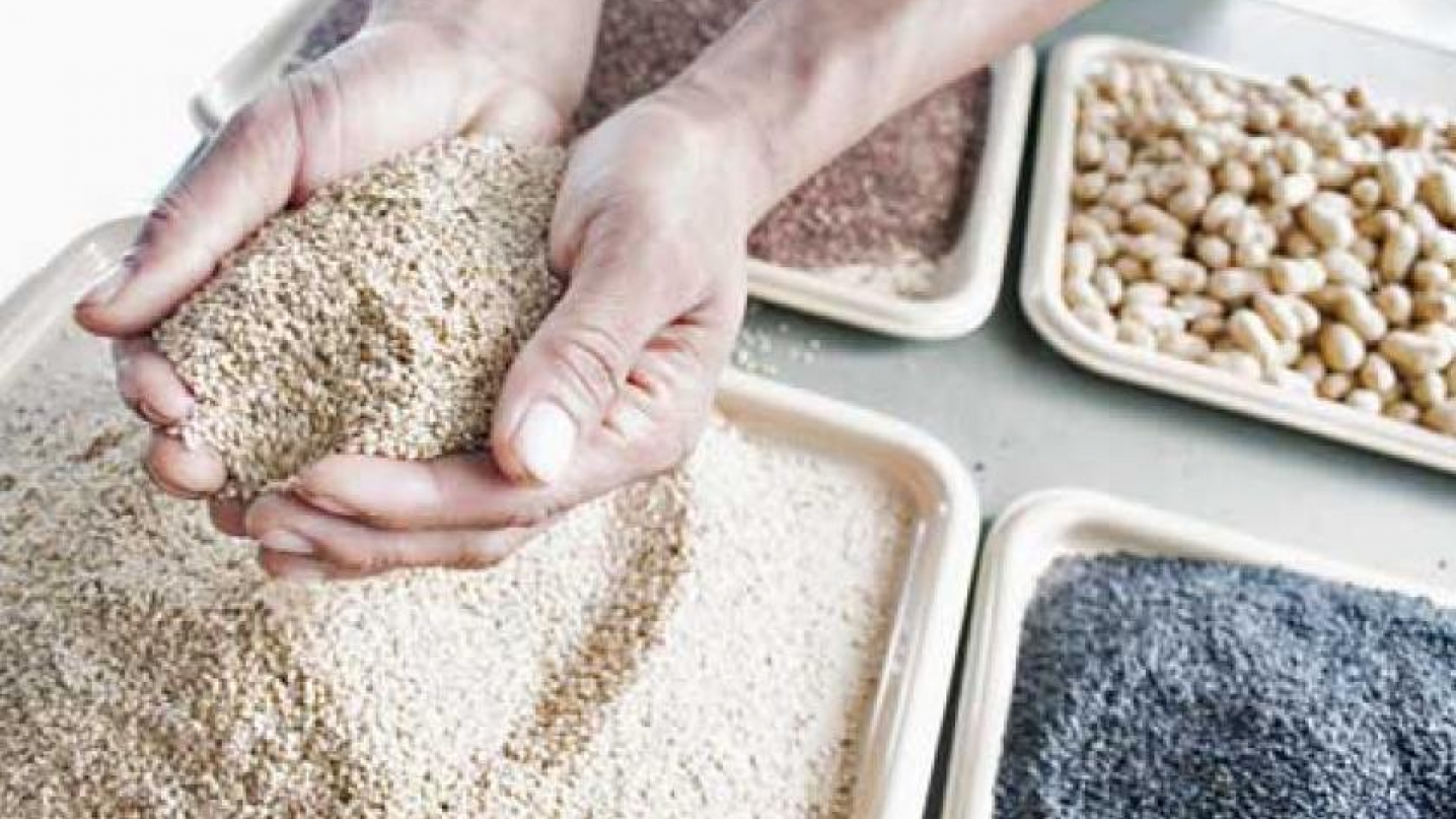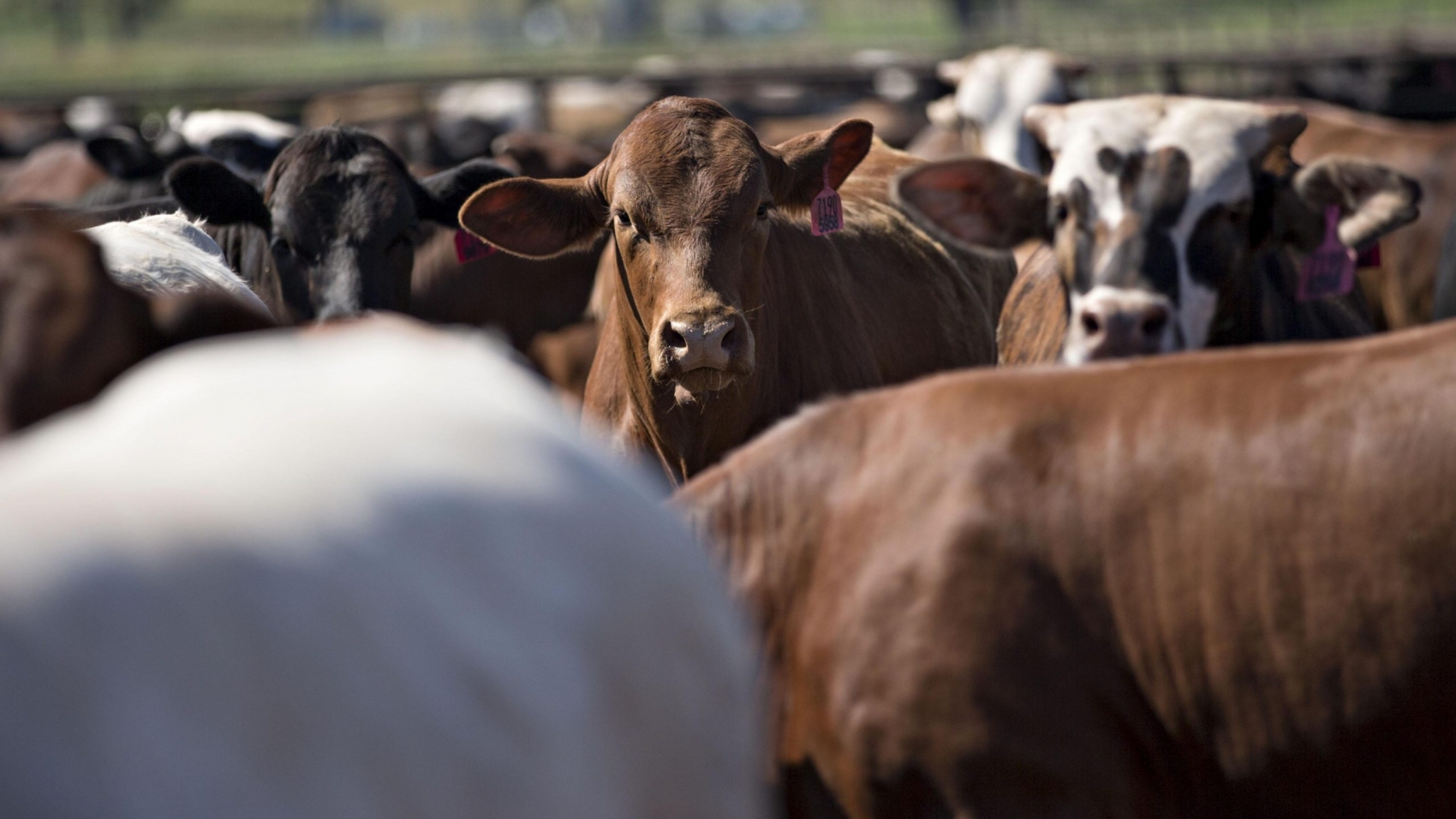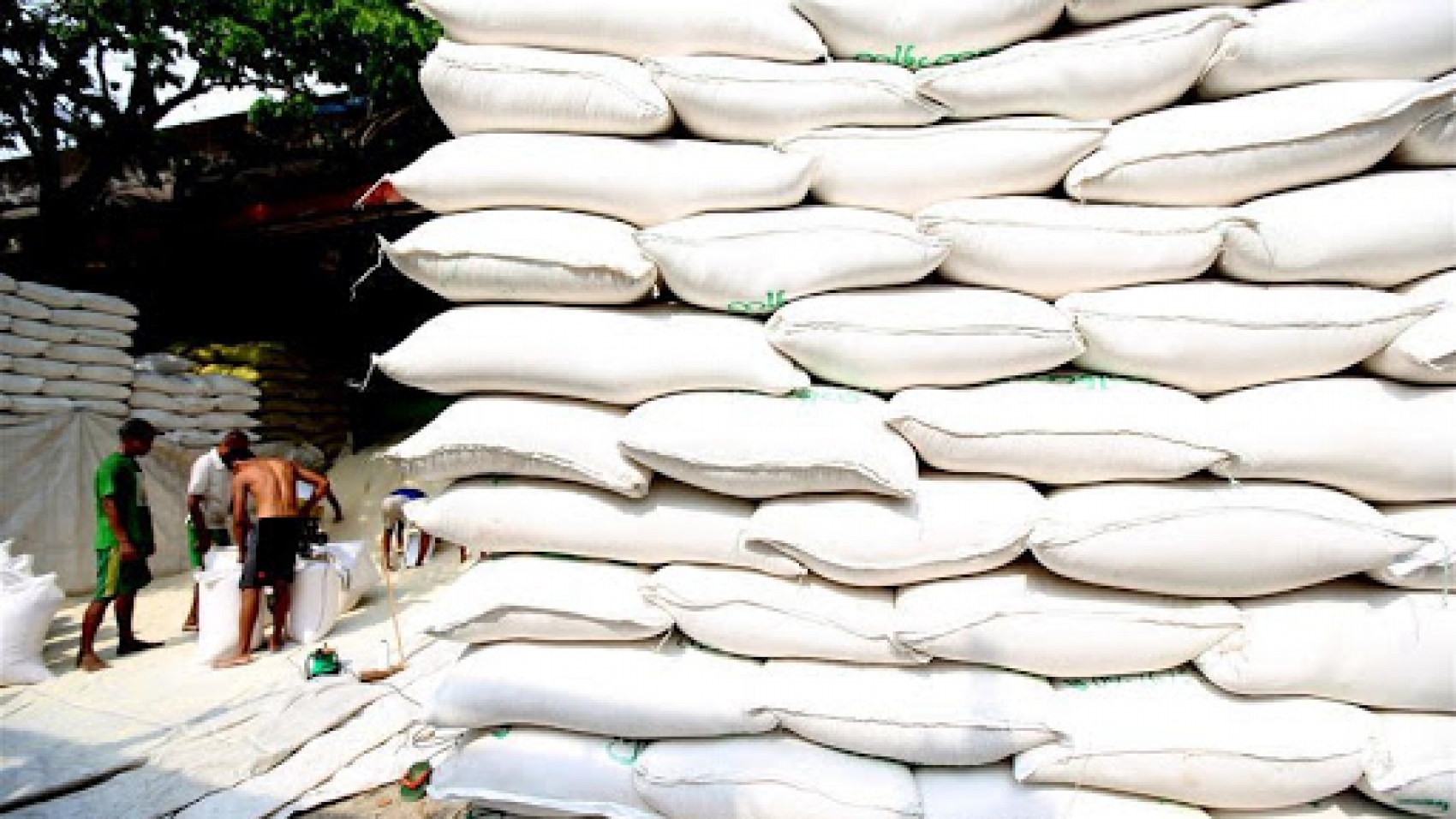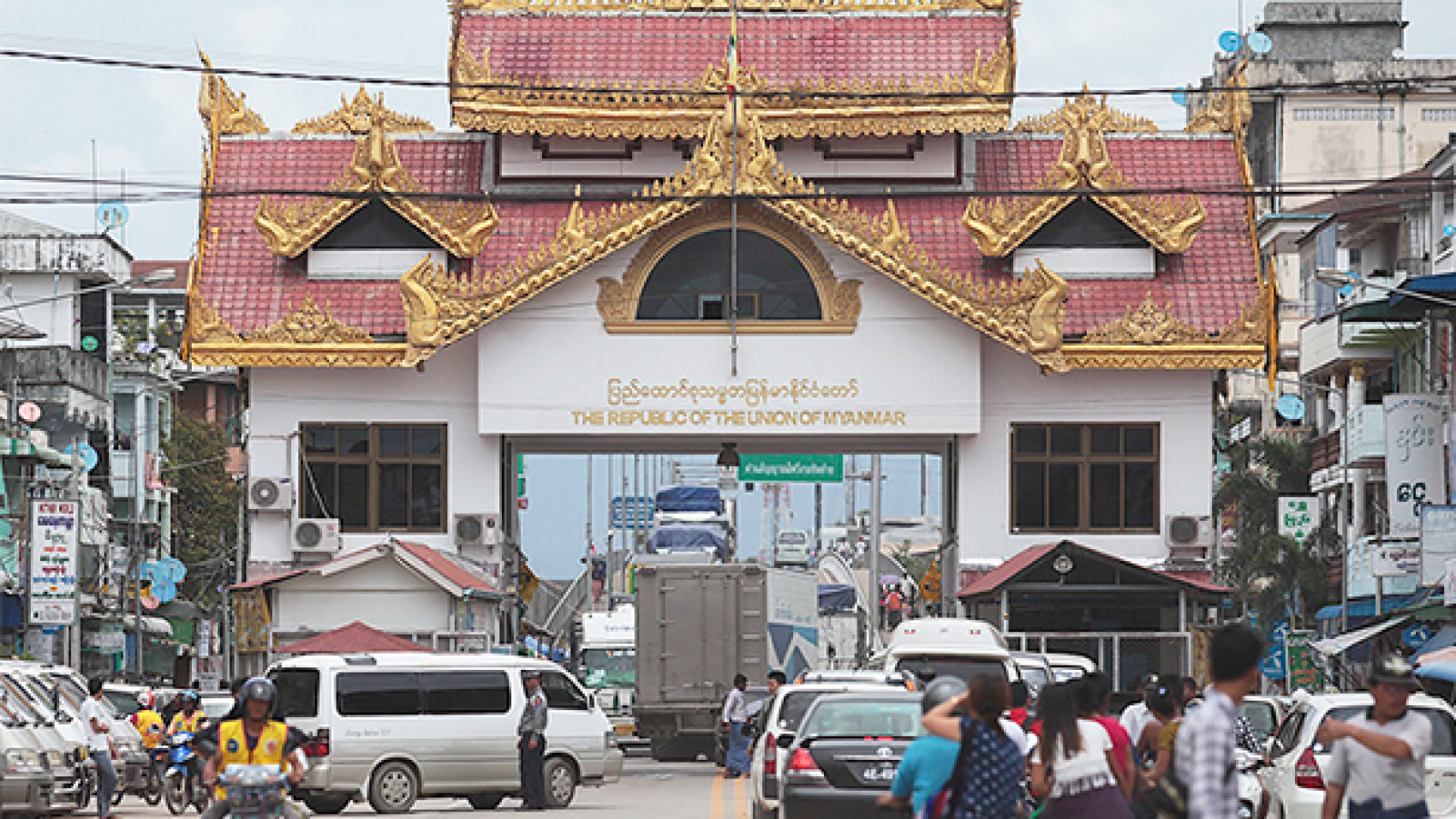Myanmar’s rubber export earned more than US$240.74 million in the first five months (Oct-Feb) of the current financial year 2020-2021, the Ministry of Commerce’s data showed. Mon State’s rubber market data showed that the price of domestic natural rubber jumped to nearly K1,000 per pound as global rubber is in a bull market. Natural quality rubber was priced at K750 per pound in late January 2021, whereas it soared to above K900 per pound (for RSS1 and RSS3) in May. Myanmar’s natural rubber price tracks the global rates, Myanmar Rubber Planters and Producers Association (MRPPA) stated. The pandemic hinders international producers. Consequently, natural rubber prices went into a bear market in 2020. However, the natural rubber hit up to K1,000 per pound at the end of 2020. Myanmar’s rubber is priced lower than the international rate owing to raw material variability.
Rubber price stood at US$2,600 per tonne in 2020-end in global market, whereas Myanmar rubber fetches only $2,100 per pound. Uniformity is an important quality measure. Tyre manufacturers do not need to change the formula in the production process because of raw material risks. Product uniformity can bring sustainable development for both sides. If there is no raw material variability and risk factor, the price will automatically go up, MRPPA stated. Myanmar’s rubber body is endeavouring to export its natural rubber with the country of origin labelling to external markets. Nevertheless, illegal exports are happening, and it contributes to revenue losses, according to MRPPA. Thailand is buying Myanmar’s natural rubber at a good price through the black market in Payathonezu, Kawthoung and Myeik towns. As a result of this, the government needs to control illegal rubber exports strictly, MRPPA stated.
Thailand re-exports those illegally imported rubber under its origin label. That is why we want to earn the country of origin label, according to MRPPA. Additionally, natural rubber is estimated at K1,300 per pound in Thailand, whereas Myanmar’s rubber is priced about K400 lower than their prices. Myanmar’s rubber has raw material variability. It may lead to quality compliance issues, process inconsistency, productivity problem and high input cost. Meanwhile, Thailand’s rubber is priced at a premium due to quality and consistency. Thailand’s rubber fetches US$2,500 per tonne, while the global rate is at $2,200 per tonne. Rubber is primarily produced in Mon and Kayin states and Taninthayi, Bago, and Yangon regions in Myanmar. As per 2018-2019 rubber season’s data, there are over 1.628 million acres of rubber plantations in Myanmar. Mon State accounts for 497,153 acres, followed by Taninthayi Region with 348,344 acres and Kayin State with 270,760 acres.
About 300,000 tonnes of rubber is produced annually across the country. Seventy per cent of rubber made in Myanmar goes to China. It is also shipped to Singapore, Indonesia, Malaysia, Viet Nam, the Republic of Korea, India, Japan, and other countries, according to the MRPPA. At present, Myanmar is exporting only rubber sheets owing to a lack of machinery and technology. Export rubber varieties include synthetic rubber, ribbed smoked sheet RSS 1,3,5, Myanmar Standard Rubber MSR-20, Technically Specified Rubber TSR-20, and Crepe Rubber. About 150,000 tonnes of rubber was exported in the 2017-2018 financial year. Myanmar shipped over 190,000 tonnes of rubber, with an estimated value of $250 million, in order to external markets in the 2018-2019 financial year, an increase of 41,000 tonnes which helped boost earnings by $60 million compared to the year-ago period, according to data released by the Ministry of Commerce. Myanmar exported over 200,000 tonnes of natural rubber to foreign countries last FY2019-2020, generating an income of over $200 million.
Source: The Global New Light of Myanmar

